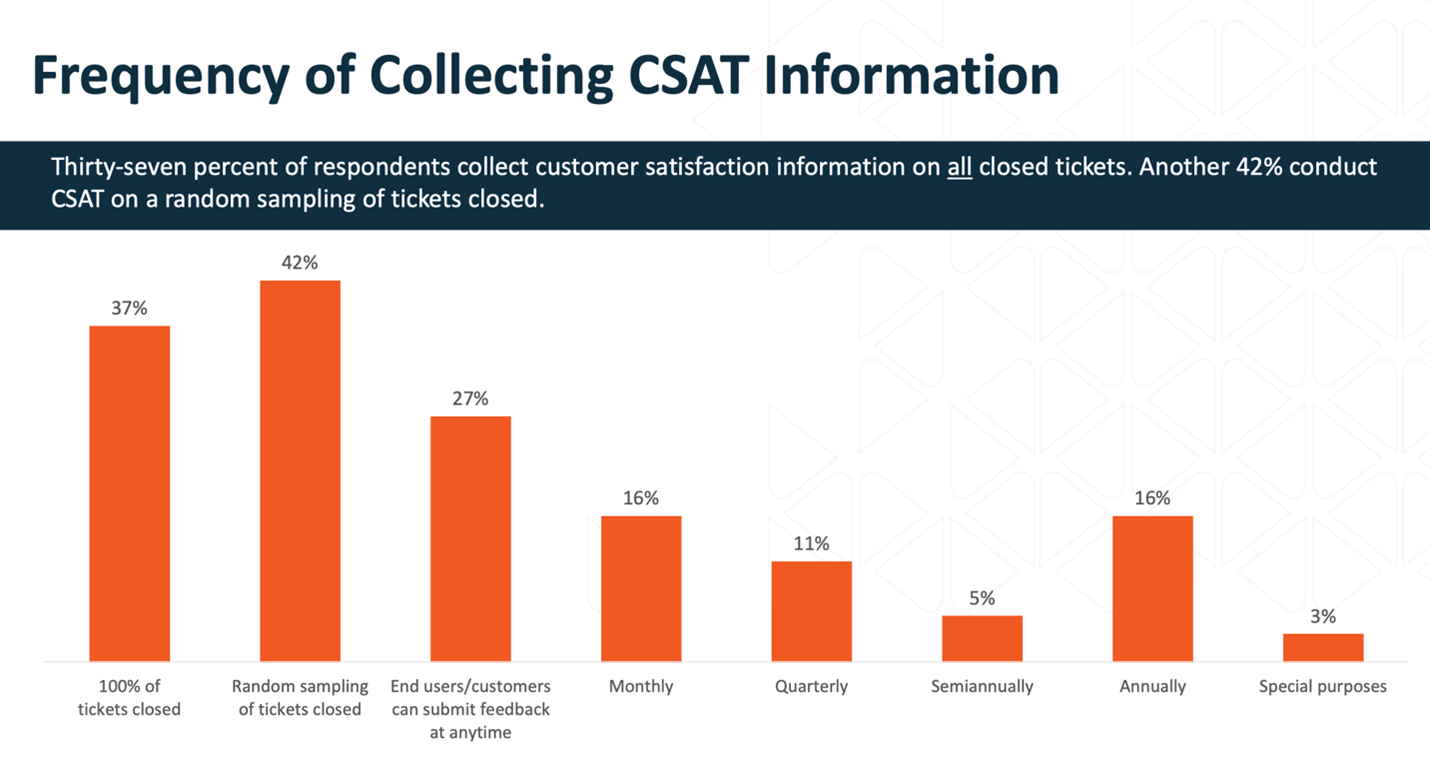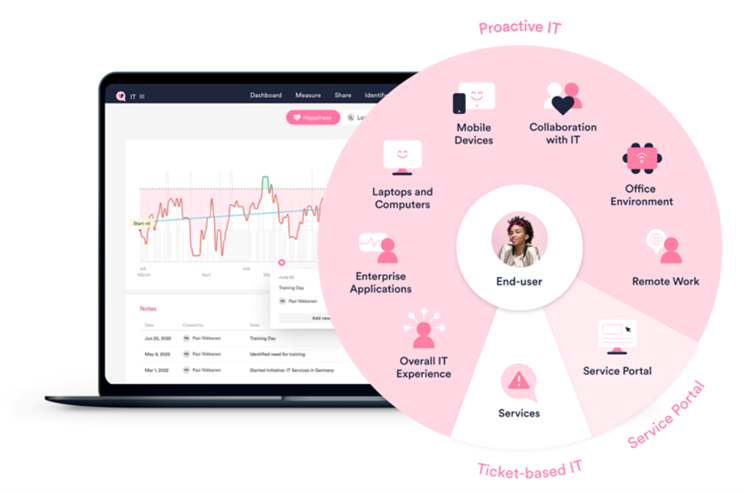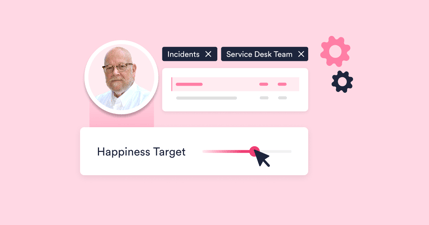A company's IT infrastructure forms the backbone of its operations and directly influences employee productivity, security, and overall Happiness. Especially in the age of AI and other advanced technology, the quality of an organization's IT systems directly impacts workplace efficiency and employees' ability to perform effectively in their roles. Outdated hardware, legacy software, or insufficient technical resources can create significant daily frustrations and productivity bottlenecks. Employees working with outdated or hard-to-use technology experience higher frustration levels and can waste substantial time dealing with technical issues rather than focusing on their core responsibilities.
Background
The website Glassdoor is described as a "career community" and features job listings, information, and reviews of over 2.3 million workplaces. Of course, there are other sites, including Monster.com, Indeed, ZipRecruiter, LinkedIn Jobs, and CareerBuilder. People who are leaving (or have left) an organization due in part to unpleasant experiences with IT are probably looking specifically at the technology used by a prospective employer and might use a tech-focused site like Stack Overflow. Still, we'll use Glassdoor as the umbrella term here for sites that provide insights about what it's like to work in a given company. The idea that you can see into a company through a glass door is evocative.
In decades past, jobseekers could only get an inside look at a prospective employer if they had a friend or family member who worked there; now, there are many ways to examine what it's like to work for a company. According to research from iHire, about one-third of jobseekers read testimonials from current or former employees; other sources say the percentage is higher. While the most common reason to use career community sites is to find information about salaries and benefits, prospective employers' work-life balance and culture are also important, and the IT environment comes up as part of the equation.
Why It Matters
Investigating a prospective employer's IT infrastructure can provide critical insights that could significantly impact your daily work experience. Platforms like Glassdoor and LinkedIn often contain comments about internal systems, IT support quality, and technology-related frustrations or advantages. When reviewing these sources, the best candidates—your future innovators—look for patterns rather than isolated complaints. Consistent mentions of outdated systems, poor IT support, or technical limitations across multiple reviews or social posts likely indicate underlying systemic issues. Conversely, positive comments about technology investments, modern tools, or excellent technical support suggest a healthy IT environment.
A previous post mentioned the disconnect between "the enabling technologies companies thought they were providing and what employees were experiencing." If your recruiters believe your company is providing the best IT money can buy, they will undoubtedly use that to attract prospective employees—especially the best, brightest, most innovative people you would love to have to work for and with you. With competition in many industries as fierce as it is—especially in tech industries—you would not want your prospects reading current or former employees' posts saying they are or were badly supported by the company's IT.
According to a January 2025 article by Vantage Circle:
"Technology, empathy, and flexibility are becoming key players in creating a positive workplace. Prioritizing employee well-being, using innovative tools, and fostering a culture of continuous learning are crucial for organizations to thrive."
What Will Your Employees Say?
If you aren't measuring the IT end-user experience in your organization, you'll have a very hard time predicting what employee reviews or social posts will say about your technology environment and what effect they will have on the top talent you are trying to attract. If your current or departing employees share their opinions of the company, you want them to be positive.
Measuring transactional satisfaction via the traditional method—sending a satisfaction review after an incident or service request—is certainly inadequate for monitoring experience. Those employee reviews will not say, "On January 29th, I was satisfied when my monitor was replaced." But they very well might say, "IT provided good equipment and replaced it in a timely fashion when needed," or, "The latest version of a critical application I use in my current role meant I need a much larger display, and IT responded quickly with a great one. I no longer have to scroll every time I enter information."
Measuring What Matters
According to HDI's The State of Technical Support in 2024:
"CSAT, which measures feedback on a specific transaction, is still the most common satisfaction metric tracked by the HDI community."

Source: HDI State of Technical Support in 2024
Note that the survey goes out mainly based on closed tickets. What's being measured as "customer satisfaction" here is limited to those who interact with IT support either when something breaks (incident) or something is needed (service request). This method provides virtually no view of the IT environment as a whole.
ITXM, on the other hand, looks at all the components of an employee's experience with IT.

As the graphic shows, ticket-based IT—those interactions with incidents or service requests—make up only one slice of the IT experience pie, we all know that incidents result in lost productivity, but unless we are measuring and sharing the everyday IT service consumer experience, we have huge blind spots about ease of use, stability, availability, and all the other aspects of everyday work life.
If you are paying attention, monitoring what employees are saying, acting on that feedback, and then delivering solid information about employee experience to your recruiters, you are making their job easier and increasing the chances that the outstanding jobseekers will be eager to work for your company.
Summary
We all know how socially connected we are in the online world. We no longer look for goods on store shelves; we look up reviews and check trusted sources for information before we buy. When deciding where we will spend our working hours, we are highly likely to gather as much intelligence about our prospective employer and its systems through the eyes of those who have worked or are working there. That's what we mean by The Glassdoor Effect.
To learn more about ITXM, please take a look here.
You may also wish to look at the following resources:






